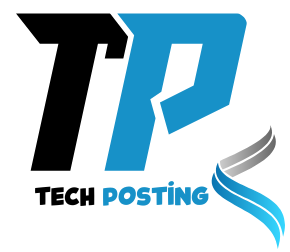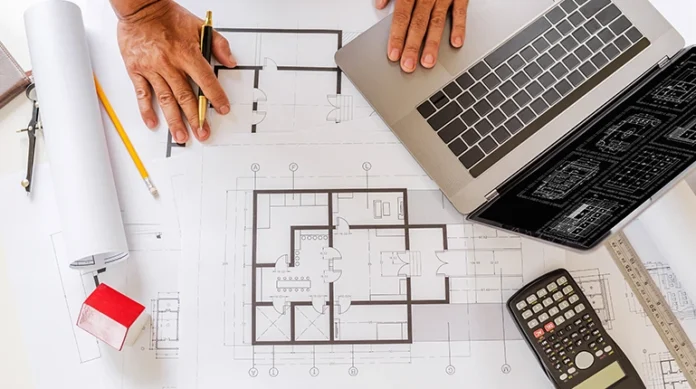Construction projects, whether big or small, are complicated undertakings that call for careful planning, budgeting, and execution. One of the most essential elements of this method is fee estimation—an accurate projection of the charges involved in a project. Without it, contractors and venture managers face monetary overruns, delays, or maybe venture failure.
Today, as the construction industry becomes more competitive and time-sensitive, getting to know powerful estimating strategies has by no means been more critical. From digital gear to distinct amounts of takeoffs, the use of the right method can determine the achievement of a project from the outset.
In this article, we discover the pinnacle construction estimating techniques that help specialists supply initiatives on time, within budget, and with extra self-confidence.
Detailed Quantity Takeoff (QTO)
At the coronary heart of any reliable estimate lies a unique takeoff. This technique involves measuring and listing every cloth, issue, and aid required for an undertaking. It’s now not pretty much counting bricks or luggage of cement—it includes everything from exertion hours and systems to fasteners and finishes.
Quantity takeoffs are critical because they provide a records-driven basis for accurate cost projections. These services use digital tools and CAD integration to extract material quantities at once from architectural and engineering drawings. This gets rid of guesswork and decreases the chance of underestimating or overordering substances.
Professionals who depend on accurate amount takeoffs are better prepared to plot procurement, reduce waste, and avoid high-priced transformations at any point of creation.
Unit Cost Estimating
Unit fee estimating is a widely used technique wherein the cost of each item (or unit) is extended by the specified amount. For example, if you need 1,000 square feet of drywall and the unit rate is $1.25 per square foot, the total fee might be $1,250.
This method is in particular useful at some point of the planning and budgeting section, as it permits a sincere breakdown of costs by means of trade or fabric. By incorporating real-time market charges and historical value records, contractors can produce extra aggressive and sensible bids.
Construction Estimating Services often incorporate unit value methods to build out complete venture budgets. Combined with the amount of takeoff facts, this method ensures that both material and exertion expenses are correctly contemplated.
Parametric Estimating
Parametric estimating makes use of statistical relationships between historic statistics and venture variables to generate fee projections. For instance, if historic statistics show that clinic construction costs $300 per square foot, a brand-new 50,000-square-foot facility can be more or less expected to cost $15 million.
While less precise than other methods, parametric estimating is useful at some point in early layout ranges, while targeted information isn’t yet available. It’s a quick way to create ballpark figures that can guide preliminary selections and financial allocations.
This approach can also be delicate with the usage of modern-day software and construction estimation services that specialize in data analysis and value modeling.
Assembly Estimating
Assembly estimating businesses integrate related gadgets into constructing structures or components—which include roofing structures, wall assemblies, or HVAC installations—and assign costs to the entire assembly. This simplifies the estimating method and aligns nicely with how homes are in reality constructed.
Rather than pricing every screw or nail individually, estimators focus on the value of the whole roof, wall, or basis system. This technique improves efficiency at the same time as also providing a high level of accuracy.
Many quantity takeoffs now offer preconfigured assemblies within their software program platforms, making this technique more accessible and standardized throughout initiatives.
Three-Point Estimating
This technique considers uncertainty via factoring in 3 capacity effects: the most probable price, the best-case state of affairs (low price), and the worst-case scenario (high price). The system then calculates a weighted average to provide a more realistic fee estimate.
This approach allows manipulation of threats and is specifically beneficial for projects with high degrees of complexity or unknown variables. It encourages task groups to not forget possible fluctuations in materials, exertion availability, or schedule disruptions.
By operating with specialized construction estimation services, challenge managers can gain deeper insights into chance-adjusted projections and make more informed decisions.
Bottom-Up Estimating
Bottom-up estimating involves studying every aspect of a venture at the most granular degree and summing the costs to arrive at a total estimate. It’s one of the most correct but additionally time-consuming strategies.
Each challenge or pastime is anticipated in my view, from excavation and formwork to finishing and landscaping. This technique is ideal for initiatives with well-defined scopes and particular drawings.
When combined with Quantity Takeoff Services, backside-up estimating allows for extremely precise budgeting and aids in making plans. Though it calls for a full-size attempt, the payoff is a tremendously reliable estimate that minimizes economic surprises later within the project.
Digital Tools and Estimating Software
Technology has revolutionized production estimating. Cloud-based structures and software programs now allow estimators to generate faster, more accurate estimates while collaborating in real time. These gears regularly combine with BIM fashions, CAD drawings, and undertaking management structures, enhancing coordination across teams.
Leading construction estimation services rely on virtual solutions to improve accuracy, reduce human mistakes, and supply estimates that align with real international situations. Automation and system learning are also making their way into fee estimation, supplying predictive abilities and smart insights.
Conclusion
Effective production estimating is both an art and a technology. With the proper techniques and tools, task groups can count on prices with extra accuracy, mitigate risks, and hold projects on course from beginning to completion.
Whether it’s via quantity takeoff, unit fee analysis, or software-driven modeling, the aim is the same: to construct with self-assurance and manipulate. As the industry keeps conforming, learning those techniques will stay vital for any contractor, architect, or developer aiming for assignment fulfillment.

